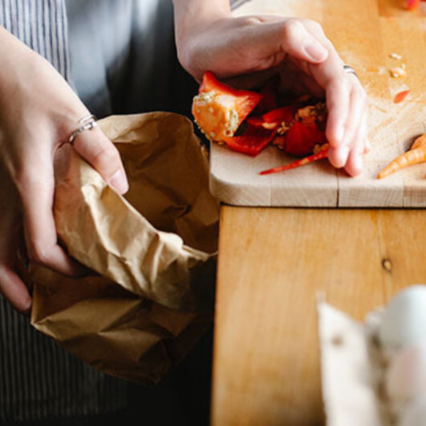Get Exclusive First Access and 10% off your First Order!
Receive Lagostina exclusive offers, cooking tips, delicious recipes and more.
Newsletter
By signing up, you provide your consent to receive e-mails from Lagostina Canada. You may unsubscribe at any time.
We will only use your information as per the privacy policy.
*Not Applicable with other discounts



